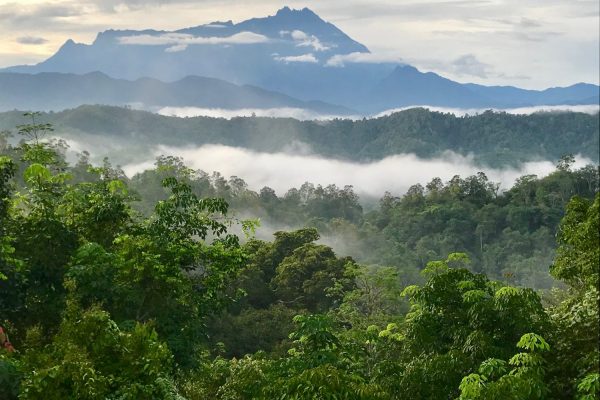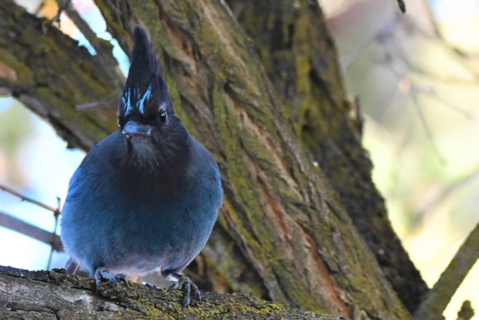An Auburn University scientist was part of a research team that uncovered dramatic worldwide variances in animal survival rates as humans increasingly infringe on what were once wild areas.
The study, published in the journal Science, shows that animals that have evolved in environments that are subject to major habitat-altering events—such as fires and storms—are better equipped to handle human-caused forest fragmentation than species in low-disturbance areas.
Brian Klingbeil, a postdoctoral scientist in Auburn’s School of Forestry and Wildlife Sciences, was a co-author of the international collaborative study led by scientists at Oregon State University. Their findings show that the closer a forest is to the equator, the more sensitive on average its wildlife species are to fragmentation. Tropical species have historically encountered much less disturbance than those in the temperate zones.
Klingbeil and fellow researchers hope the work provides an important road map as conservation managers consider the effects of forest edges on wildlife.
“We already know that biodiversity greatly increases as we move toward the equator,” Klingbeil said. “Our research identified that tropical species are six times more sensitive to forests being broken up for logging, road construction or farming than temperate species.
“I hope that identifying this combination of high biodiversity—but also high sensitivity to forest disturbance—will help demonstrate why protecting tropical forests is so critically important and allow researchers to design more effective conservation systems.”
The study was funded by the National Science Foundation and was spotlighted in a New York Times article.
The researchers found that 70 percent of the Earth’s remaining forest is within 1 kilometer of a forest edge, and fragmentation of the world’s most intact forest landscapes—the ones in the tropics—is predicted to accelerate over the next 50 years.
“It’s one thing to blow a whistle and another to figure out a way to deal with a problem,” said Matt Betts, director of the Forest Biodiversity Research Network, who led the study with OSU postdoctoral scholar Christopher Wolf. “If we want to conserve the biodiversity needed for ecosystem services, and for its own sake, we must be particularly careful to minimize the creation of edges in the tropics, since fragmentation has a greater negative impact there.”
In the same issue of Science, evolutionary ecologist Anna Hargreaves provided an editorial perspective on the study, concluding that, “If extinction filtering results instead from purging of sensitive species, Betts et al.’s results suggest a grim future for tropical forest specialists that are rapidly running out of intact forest in which to seek refuge.”
Auburn School of Forestry and Wildlife Sciences Dean Janaki Alavalapati said Klingbeil’s participation in this revolutionary study further underscores the school’s prominence in significant research.
“The findings of this study have worldwide implications on the effects of fragmentation on biodiversity and the future survival of ecosystems,” Alavalapati said. “Dr. Klingbeil’s research demonstrates the continuing influence of the School of Forestry and Wildlife Sciences on findings that change ecological perspective on a massive scale.”
Over roughly the past decade, hundreds of field biologists collected 73 datasets of species abundance from around the globe for use in the study. These datasets contained 4,489 species from four major taxa: 2,682 arthropods; 1,260 birds; 282 reptiles and amphibians and 265 mammals, Klingbeil said.
These research findings include an important caveat: The greater forest edge sensitivity at lower latitudes closer to the equator does not mean there is no edge sensitivity in temperate zones.
“It’s a matter of degree,” Wolf said. “We still found that almost one-fifth of species in temperate zones avoid forest edges. In comparison to the tropics, more species are robust when it comes to dealing with fragmentation, but what that really means is that in the temperate zones the focus should be on conserving habitat itself perhaps with less regard for the configuration patterns.”
(Written by Teri Greene)












